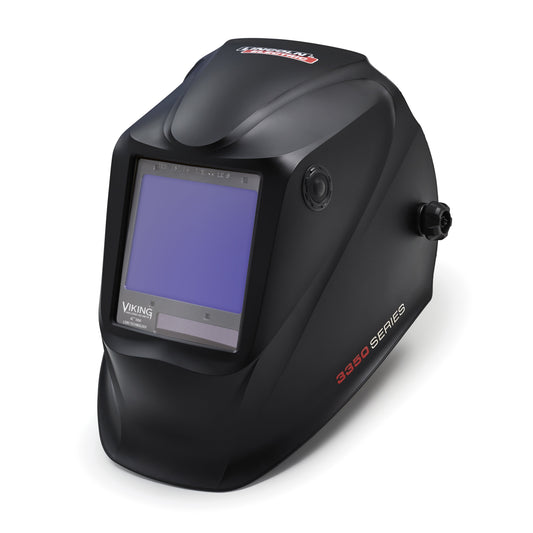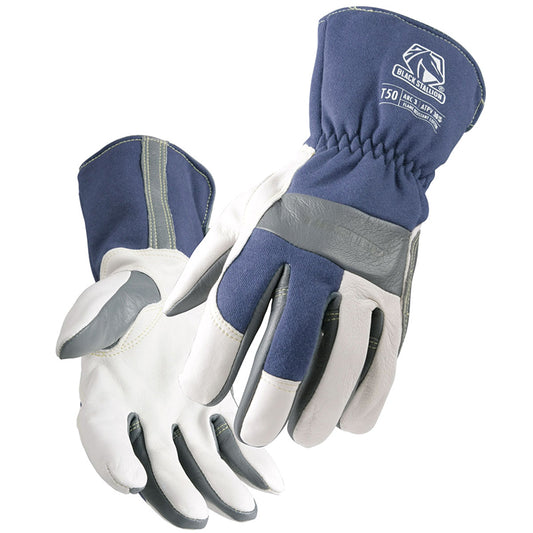With the school year rapidly approaching, new welding students are filing in all over the country. It helps to have some tips for these new welders or just freshen up on some old tips for seasoned pros.
The Welding Process Basics
When it comes to traditional welding techniques, there are three common methods. They are, metal inert gas (MIG), tungsten inert gas (TIG), and finally stick welding. There are other methods of welding, such as plasma and even laser welding. However, in terms of processes for the beginning welder these three methods are the best to begin to learn how to weld.
MIG
MIG welding is simple to learn. The filler wire is fed through the welding gun. The welder selects the speed at which he wants the wire to come off the spool. The arc that is created melts the wire directly to the joint forming a clean strong weld. Additionally, there is gas that is sent through the welding torch that prevents oxidization of the work pieces. With a MIG welder, your investment will likely be double the cost of the traditional stick welder. However, the welds will be much cleaner, stronger, and more professional looking.
TIG
Of the three welding processes mentioned here, TIG is by far the most difficult to master and is mostly employed by professional welders. TIG welding is when a tungsten electrode heats the metal you are welding and gas (most commonly Argon) protects the weld puddle from airborne contaminants. TIG welding produces clean, precise welds on any metal. What makes TIG welding different is the superior arc and weld control. By being able to control the heat of the weld puddle, the welder is to have precision control over his weld bead. The results are clean, refined welds that are extremely strong and cosmetically appealing. TIG welding can be used on thinner metals, such as stainless steel and aluminum alloys.
STICK
For the hobbyist or home shop welder, stick welding is the most popular welding technique. An electric current passes between the metal and an electrode (stick). The electrode melts and combines with the metal to form the joint. Stick welding is easy to learn and the equipment required is relatively inexpensive compared to other forms of welding. You can purchase an AC welding machine for under $300 at most home improvement stores. There are three types of stick welding machines: AC, DC, and AC/DC. As mentioned, the AC welder is going to be the most economical and is ideal for metals thicker than 1/16th of an inch. The DC welders are more expensive, but they also produce cleaner welds and are more versatile when it comes to working with thinner metals.
Important Safety Tips for Beginning Welders
Just as it is crucial for any beginner welder to know the major welding processes, it is important for a welder at any stage of their welding career to know the importance of safety. Welding is one of the most dangerous professions and hobby’s in the world. That is why it is critical regardless of what stage a welder is in their welding profession to remember and practice these important safety tips.
- Always Wear Your Safety Gear Safety gear was designed to provide welders with an extra level of protection when they are welding. This includes always wearing a welding helmet, goggles, gloves, apron, welding jacket and long pants. Welding masks and goggles are designed to protect your eyes and face from the harmful UV rays that are produced when welding is performed. Welding gloves are designed to protect your hands, arms and wrists from any stray sparks or splatter that occur when welding. A welding apron, coat and long pants offer protection for your upper body and legs.
- Work In A Well Ventilated Area Ventilation is a key component to staying safe while you are welding. This includes performing any welding tasks in an area where there is a lot of fresh air. If there are doors or windows in your work area you should keep them open. This will allow fresh air to circulate and reduce the amount of toxic fumes you are exposed to. If you must weld in an area with poor or minimal ventilation you should wear a personal respirator.
- Properly Ground Your Welding Equipment Improperly grounded welding equipment is the number one reason that many welders experience electrical shocks while working. It is important for your safety and the safety of those working near you that all of your equipment be properly grounded.
- Be Aware Of Your Surroundings Welders always need to know what materials and equipment are around them so that they can determine which precautions and changes need to be made before they begin to weld. If you must work in an area where there is a lot of foot traffic, you may want to use a welding screen to protect co-workers from being exposed to the harmful UV rays and sparks that you will be producing.
- Keep It Dry To reduce the risk of experiencing an electrical shock while welding, you should keep your work area as dry as possible. If you must work in damp area you should place a piece of dry plywood on the ground to separate your feet from the damp ground.
Welding can be an incredibly rewarding profession or hobby. You just want to make sure that you are doing it safely and effectively. In order to make sure you are well equipped with all of the proper equipment and information, be sure to check out Baker’s Gas for all of your welding needs!



